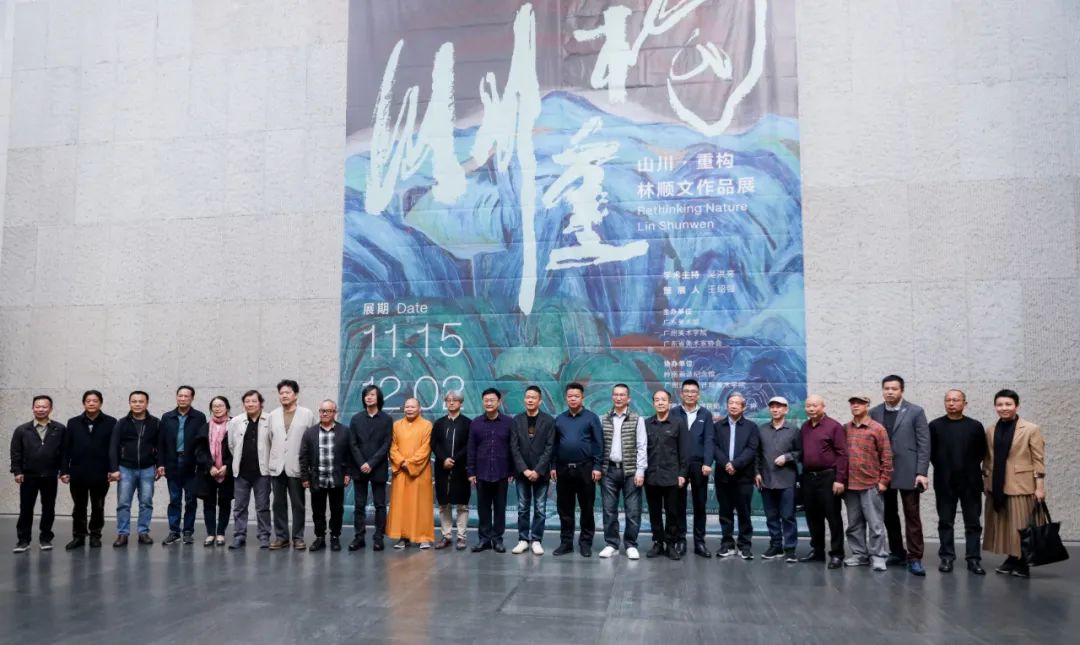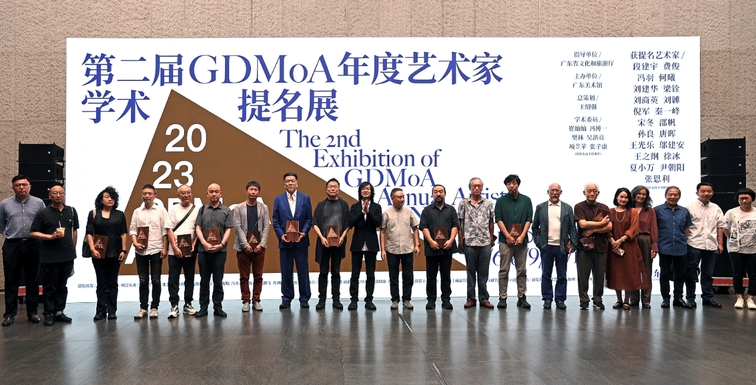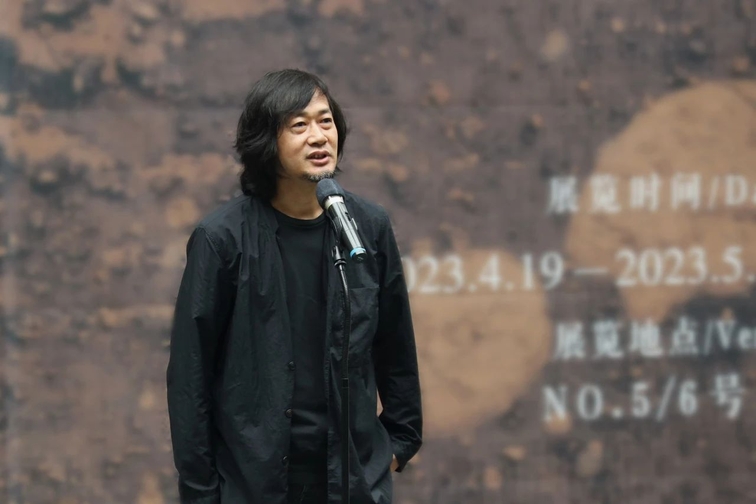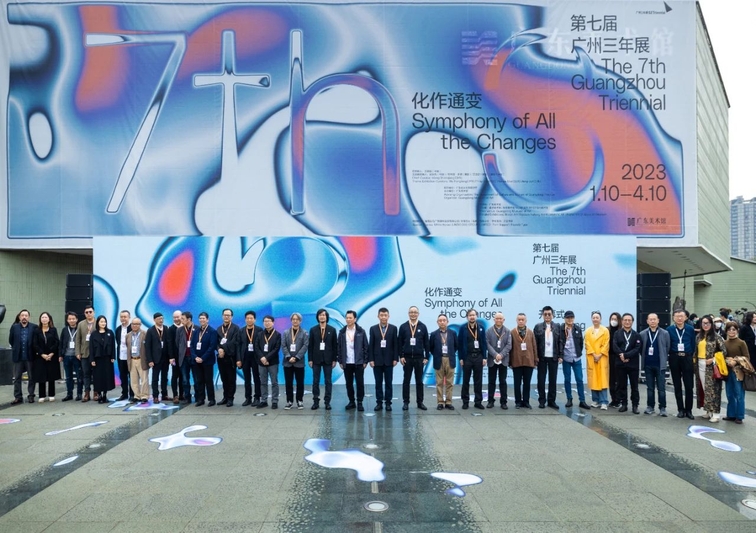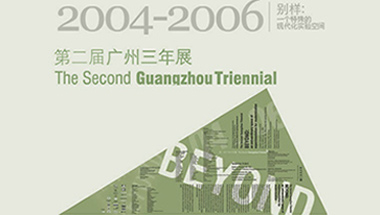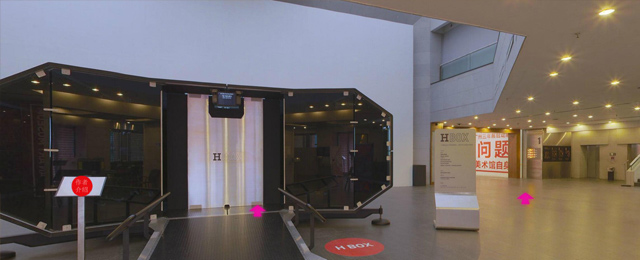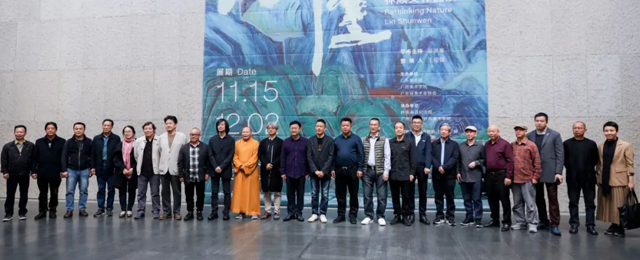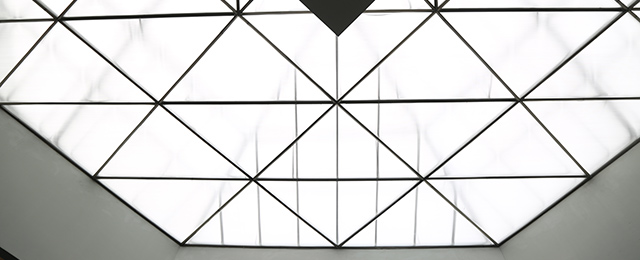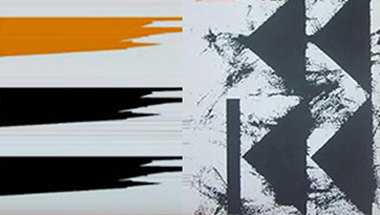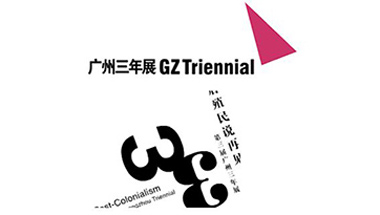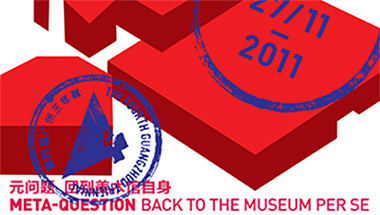曾浩——洞悉时代变迁的油画家
录入时间: 2007-06-07
曾浩说过:“一个人一生过得如何,不是由英雄时刻来决定。每天日常不变的生活影响着人的命运。”
作为 “新形象”绘画的代表人物,曾浩在他的作品中并没有使用任何夸张的造型、刺激的视觉符号,也没有阐述任何凝重的历史记忆或政治寓言。他总是让观者置身于日常生活中的体验,引发观者对人与物关系的冷静思考。他对商品消费社会下人性与物欲关系深刻入骨的隐喻性批判精神,为倡导领悟非凡的马爹利所推崇,从而成为 2007年度的“马爹利非凡艺术人物”。
1963年曾浩出生在云南昆明的一个知识分子家庭,父母都是大学教师。和许多艺术家不同,他从小对美术并没有什么兴趣。“是我父亲喜欢画画,他小时候想当艺术家。”曾浩回忆说。四川美院附中毕业后,他没能考上自己报考的四川美院雕塑系,随即回到云南昆明成为一名美术老师。直到1985年曾浩考上了中央美院油画系。四年的大学生涯没能把他“改造”成一个坚定的艺术理想者,他开始思考自己的问题,思考周围人与人之间的关系。曾浩说自己并不想做什么改变,不过这种思考却一直潜伏在他的潜意识中,直到他拿起画笔试图表达自我的那一刻,点燃了灵感,在画布上完全绽放。
曾浩第一次参加展览是在广州。这座中国最早接触、发展市场经济的南方城市,在当时人们的心目中被认为是“暴发户”、“物质世界”、“文化沙漠”的代名词。在这座潮湿、嘈杂、拥挤的城市,传统世俗文化和商品经济带来的物质追求欲望很好的杂糅在一起。这种环境导致了民间生活状态与精英知识分子的精神思考之间保持着奇怪的互相排斥关系。就是这样一座城市和曾浩的艺术创作结下了不解之缘。1993年曾浩受邀,任教于广州美术学院油画系。
在现实生活中,曾浩开始了人对物质的屈服、对社会的妥协的思索。他的作品主题开始转向表现人与物之间的错位关系。“人不断创造物质,但最后被物质束缚,不知道谁为谁服务”。他获得了一种平行的视角来看待外部社会。1995年底他开始创作自己的“小人儿”系列,用作品来思考人与人、人与物之间的心理距离和空间距离。在他的作品中,各种物品以及人物都变成了同样大小的玩具式模型,画面上的透视关系也被刻意取消。时间仿佛凝固在一个日常生活的平面上,一切都突然静止,漂浮在空气中。“当你在面对一个环境和事物的时候,它是一个平行的,并不是主次的关系。”曾浩对我们强调,“我希望读解我作品的人都有自己的角度。”
他的作品以白描手法来凸现包围在我们中间建筑的冷漠、单调和缺乏个性,以及现代主义所带来的视觉上的不毛与荒凉,从而更深地隐喻与延伸出对现代生活的无机品质的质疑、批评态度。1996年,曾浩参加了汉斯策划的巡回展“China-
Recent Works from 15
Studios”,作品去了慕尼黑、巴塞尔和东京;1997年,曾浩在中央美院画廊举行了首次个展。1998年,曾浩移居到中国当代艺术中心北京,并一直生活至今。如今的成就也许对出世的曾浩是一种意料之外的回报,然而他对全球化和市场化冲击下的当代中国的观察,对人们面对财富、地位、诱惑并试图寻找幸福和满足的解读必将深刻的延续着,以警世人。
Zeng Hao-- An Oil Painter Critical of Reality
Zeng Hao once said: “No matter how a person lives their life, life is not determined by one singular moments of heroism. Everyday, unchanging lifestyles will influence the fortune of one’s life.”
As a representative of the “New Figurative” school of painting, Zeng Hao uses no exceptional models in his works, no exciting visual symbols, nor does he illustrate any imposing historical memories or political allegory. He exposes the audience to everyday life, giving the viewers a static space to ponder the relationship between things. He deeply and metaphorically criticizes consumer lifestyles and the material desires of modern society, for this he has earned attention respect and the title of “Martell Artist of the Year 2007”.
In 1963 Zeng Hao was born into an intellectual family in Kunming, Yunnan; both of his parents were professors at a university. Unlike most artists, he was not interested in art as a child. “It was my father who liked painting, he who wanted to become a painter when he was young…” Zeng Hao reminisces. After graduating from the Sichuan Preparatory Academy, he was not accepted into his first choice university-the Sculpture Department at the Sichuan Academy of Art, instead he returned to Kunming and became a well-respected art teacher. In 1985 Zeng Hao was accepted into the Central Academy of Art’s Oil Painting department. Four years of a college career still couldn’t change him into being an art idealist; he began to meditate on his problem, to ponder the people around him and the relationship between them. Zeng Hao says that he never wanted to change, that these thoughts were always concealed in his subconscious--until the moment he took up the brush and began to express himself on canvas, igniting his soul and letting loose on the canvas.
The first exhibition Zeng Hao participated in was in Guang Zhou. In this Southern city, the earliest to have contact with economic growth, at that time Chinese people looked at it as “explosive” and the “materialist world” a “cultural desert.” In that humid, loud, crowded city, traditional customs and consumerist desires were well integrated. This environment caused a strange mutually exclusive relationship between the everyday life of the common folk and the elite intellectuals. It is that kind of place that formed an indissoluble bond with Zeng Hao’s artistic creativity. In 1993 Zeng Hao was invited to take a professorial position at the Guangdong Art Academy’s Oil Painting department.
In reality, Zeng Hao began facing material surrender, speculating on society’s compromise. The theme of his works began to lean towards expressing the misaligned relationship between man and objects. “Man is endlessly creating materials, but in the end he will be chained down by these objects, who is serving who?” He possesses a fair point of view towards outside society. At the end of 1995 he began to work on his “little people” series. The series was a statement and a way to consider the psychological space between people and objects. In his series, many different objects and people were changed into the same size toy and shape; the perspective on the canvas was also painstakingly eliminated. At the same time it seems almost congealed onto the flat plane of everyday life, every thing has suddenly come to a halt, and is floating in space. “When you are facing an environment and objects, it is flat, there’s definitely no primary or secondary relationship.” Zeng Hao stresses, “I hope that anyone who seeks to understand my works will look from their own angle.” His works use simple lines to prominently illustrate the cold architecture surrounding us, monotonous and lacking in character, all of modernity’s visual barrenness and desolation, from a deeper metaphorical protraction calls into question these inorganic materials with his critical attitude.
In 1996, Zeng Hao participated in the touring exhibition “China--Recent Works from 15 Studios,” his works went to Munich, Basel and Tokyo. In 1997 Zeng Hao held his first solo exhibition at the Central Academy of Arts. In 1998, Zeng Hao moved to China’s center of contemporary art, Beijing, where he has been living until today. Lately, the city perhaps seems a strange reciprocation for the reborn Zeng Hao, however, his observations on globalization and the marketization of contemporary China, towards people and wealth, status, and the temptation to try to seek out happiness and satisfaction will surely continue, they will serve as warning for the common people.
开放时间:每周二至周日9:00-17:00(逢周一闭馆)
每日16:30停止入场
地址:广东省广州市越秀区二沙岛烟雨路38号
咨询电话:020-87351468
预约观展:
-
近日,“广东美术百年大展”岭南文化名家大讲堂首讲在广东美术馆新馆举行。 ...


